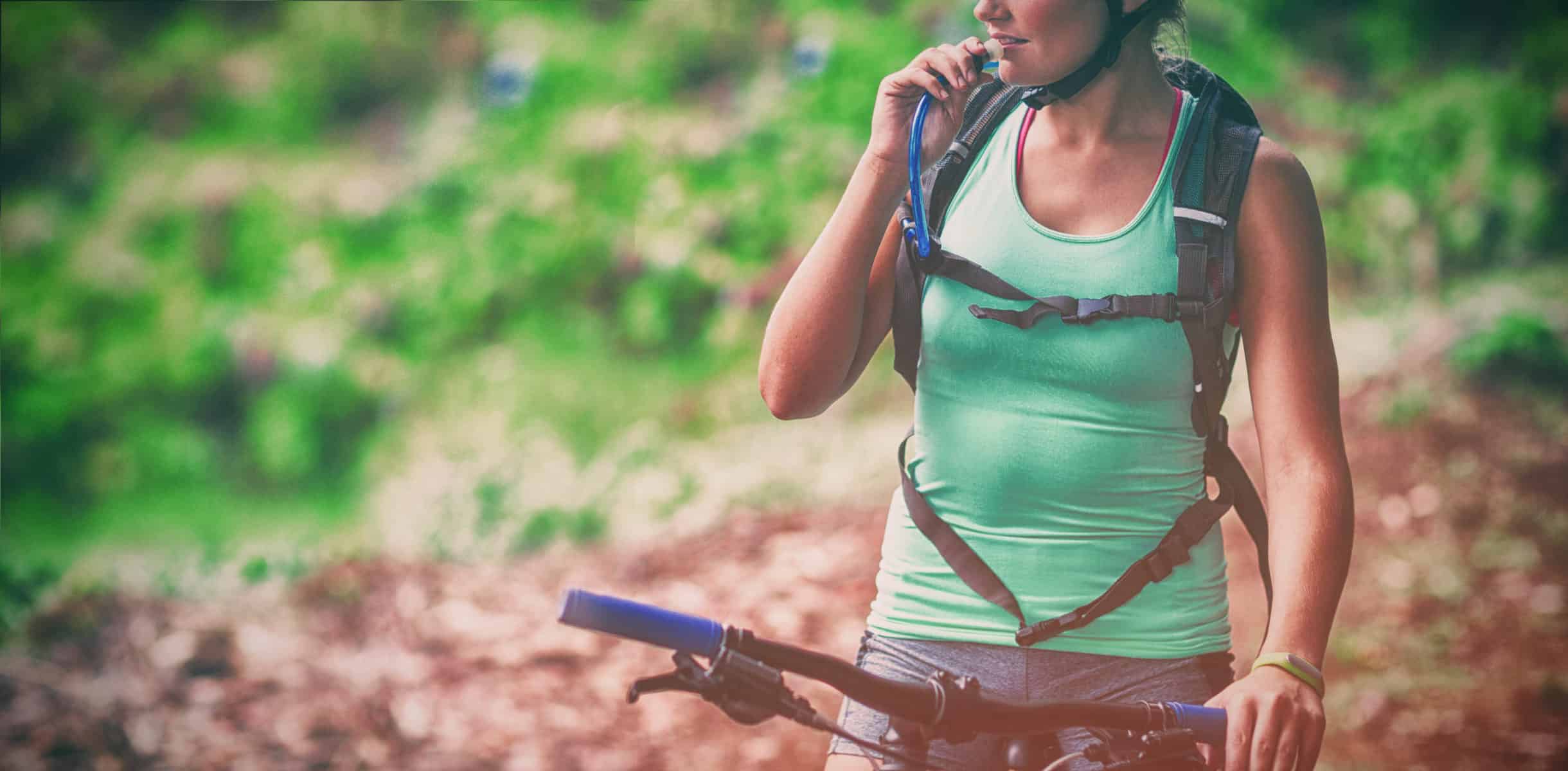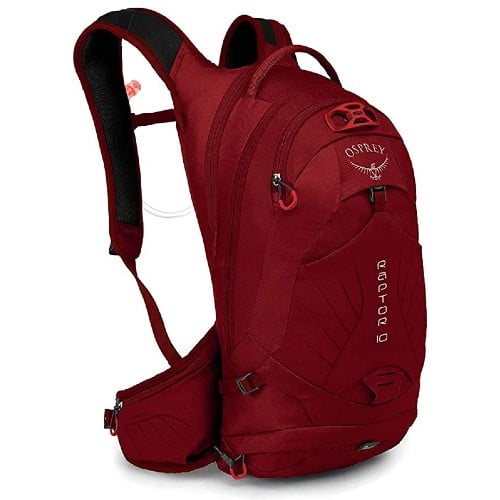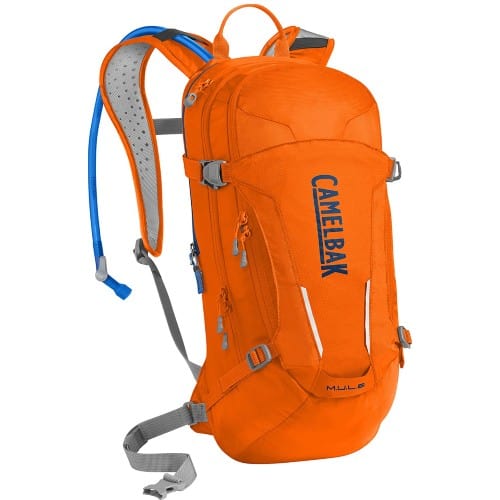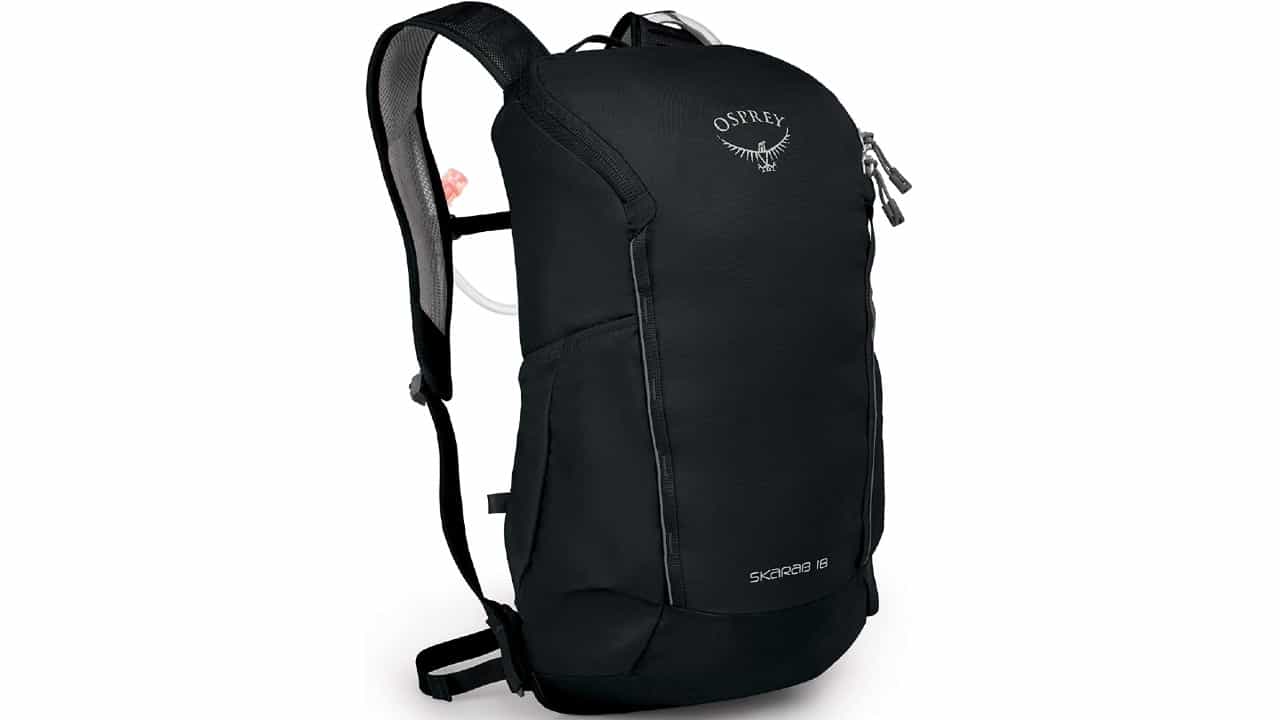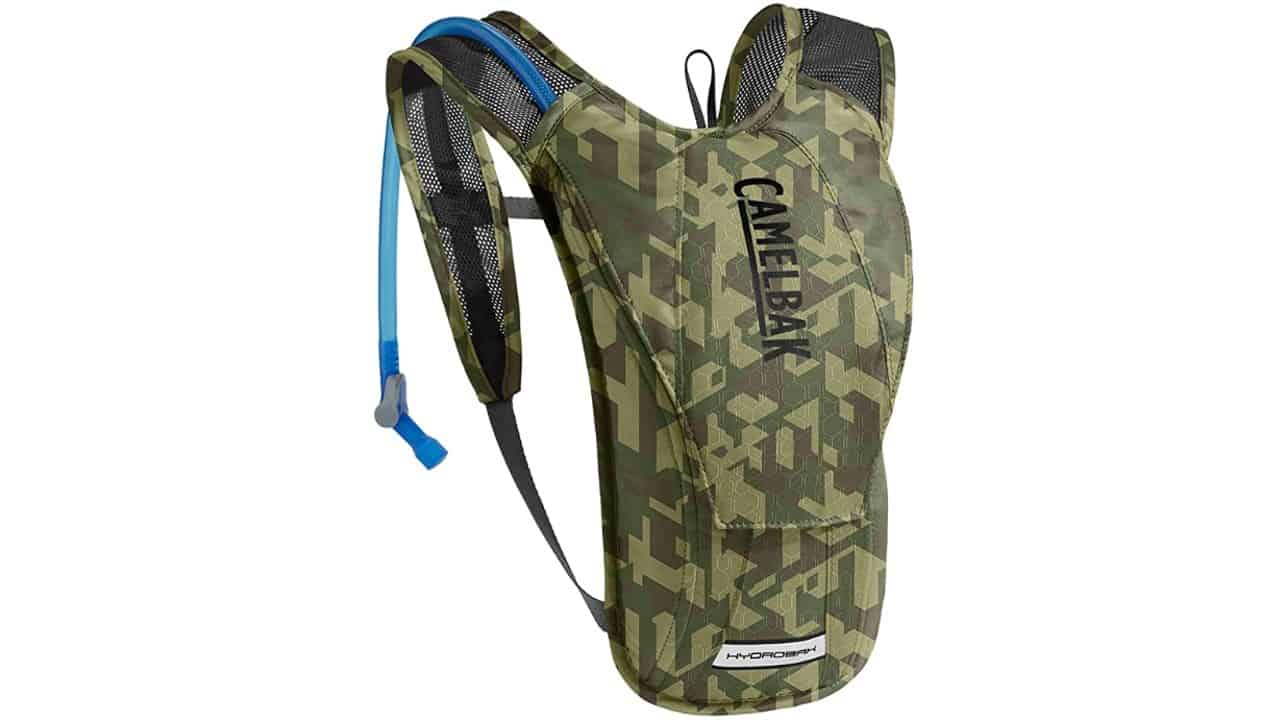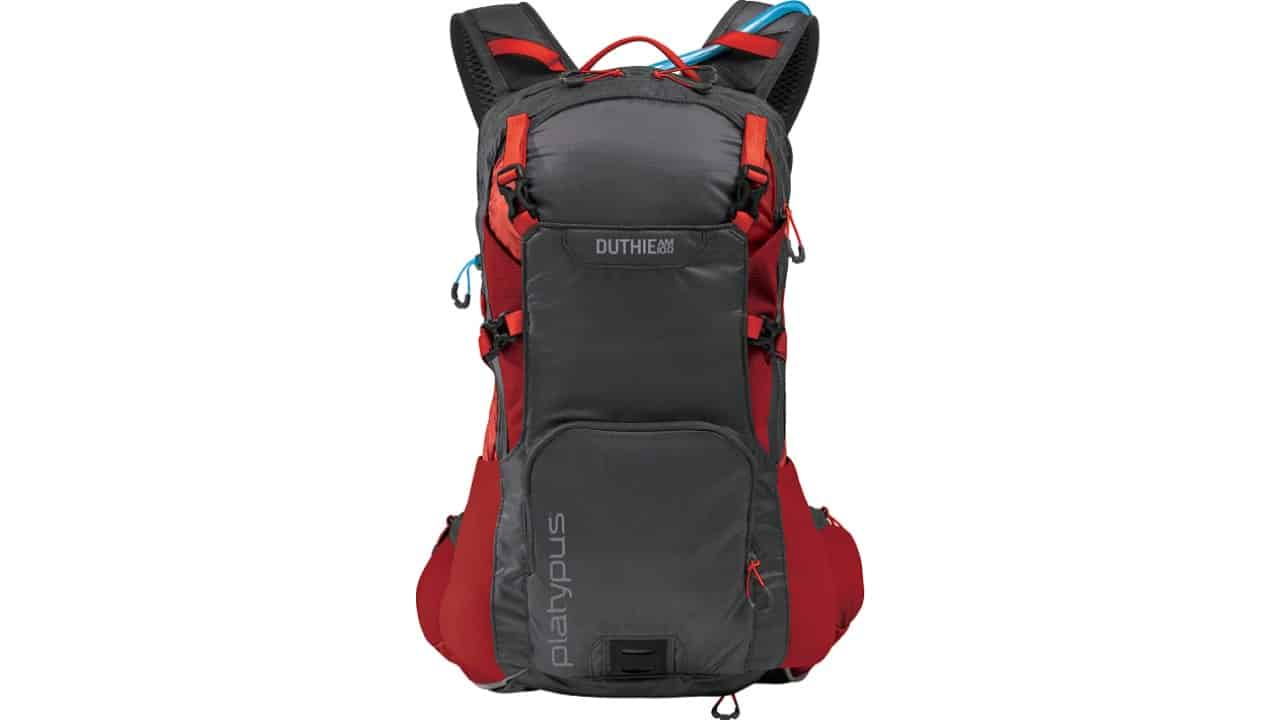Designed to make drinking-on-the-go efficient and convenient, hydration packs are undoubtedly one of the best innovations in the world of hiking. With these, you never have to slow down or stop to take a sip of water. Staying hydrated is as easy as using the drink tube that is connected to the bladder.
Unfortunately, shopping for a brand new hydration pack can be a daunting task. There are dozens of different brands and models out there, so it’s pretty hard to determine which one of them will suit your needs the best. However, there are two brands that stand out due to the high quality of their products – Osprey vs CamelBak.
Comparing hydration packs made by these two brands is all but easy, though. This is mostly due to the fact that they both design and manufacture premium-quality, well-designed hydration backpacks. Still, we’ve decided to give it a go and try to analyze the differences between these two brands, especially when it comes to their water reservoir designs.
Since both CamelBak and Osprey make a number of products that suit a wide range of users and activities, we’ve decided to focus our comparison on two of their most comparable models – CamelBak M.U.L.E. and Osprey Raptor 10.
Osprey vs CamelBak Comparison Table
Osprey Raptor 10 |
CamelBak M.U.L.E. |
|
| Filling | Hydraulics Reservoir (could interfere with filling due to the lid being attached to the top of the mouth) | CamelBak CRUX Reservoir (one of the most well-designed reservoirs on today’s market) |
| Baffles | Yes | No |
| Flexibility | Semi-rigid back (suitable for traveling on the foot) | Flexible all-around (suitable for traveling on the bike) |
| Shut-Off Valve | No | Yes (easy hose detachment – even with the full bladder) |
| Airflow | Yes (back panel) | Yes (back panel) |
| Magnetic Tube Holder | Yes | Yes |
| Weight-Bearing Suspension | No | No |
| Best For | Hikers | Cyclists |
|
Price |
|
|
Hose Detachment
In terms of raw functionality, the two hydration packs we’re comparing here differ the most when it comes to hose detachment.
As you can see in our comparison table, the CamelBak hydration pack comes with a shut-off valve. It’s located at the base of the model’s hose, which means that the user can easily detach the hose even when the bladder is full.
The Osprey model, on the other hand, doesn’t have this feature, which can lead to a wide range of issues on the trail. To detach the hose from Osprey Raptor 10, one has to empty the reservoir first – failing to do so means spilling its entire contents.
The fact that you can detach CamelBak’s hose while it’s still full is one of its best features and something that’s very convenient when you have to clean the reservoir. With the Osprey hydration pack, the user has to first snake the hose out of it. While this isn’t as difficult as it may sound, it is much more likely to lead to accidental spills.
Comfort On The Back
Both CamelBak and Osprey are famous for designing and manufacturing hydration packs that are exceptionally comfortable. They provide a snug and cozy fit whether you’re traveling by bike or on foot.
However, there are still a couple of distinct differences between Osprey and CamelBak packs in terms of design. In fact, these can easily make or break the deal for some users, as they may find one backpack to be more comfortable than the other.
First of all, CamelBak’s model comes equipped with a reservoir that is all-around flexible. The reservoir found on Osprey’s hydration system, on the other hand, sports a semi-rigid back.
Since it’s more flexible, the hydration reservoir found on CamelBak’s model effortlessly conforms to the shape of the wearer’s back. This is especially noticeable when the wearer is leaning forward on the bike.
However, those who like to spend their outdoor time on foot will find Osprey’s semi-rigid back a bit more convenient. This is because it provides the much-needed support when you’re traversing miles upon miles of rugged terrain.
Another important thing to mention here is that the Osprey pack comes with special baffles. Their purpose is to provide better stability by minimizing liquid movement, and this can come in quite handy when you’re biking on bumpy mountain trails. CamelBak reservoirs do not have these types of baffles.
Both of the models we’re comparing here come with a back panel. These help users stay comfortable and cool by increasing the airflow between their backs and the bags themselves. In addition, both models come equipped with hip belts, chest straps, and shoulder straps. Keep in mind that something as simple as a shoulder strap or a hip belt plays a huge role when it comes to overall comfort.
Another important thing we have to point out here is that Osprey Raptor 10 features a larger hip belt which successfully reduces weight felt by the user’s shoulders. However, none of these two packs come with suspension systems, like the ones that are typically found on large hiking backpacks.
Ease of Filling
The next category in which we’ll compare these packs is the ease of filling. If you’ve ever used a hydration bladder before, you know how frustrating it can be to have water spilling all over the place when you’re filling up the reservoir.
To allow spill-free filling, a hydration system needs to:
- Have a mouth that’s large enough for the user to effortlessly add water and ice
- Have a lid that doesn’t get in the way when you’re filling the bladder
- Be fillable without having to be removed from the pack first
As a company that has been manufacturing hydration packs for more than three decades, CamelBak offers models that sport some of the finest bladder designs on the market.
Their M.U.L.E. pack features the famous CamelBak Crux reservoir. As it comes equipped with a leak-proof cap and a large mouth, using it is effortless and spill-free. In addition, the Crux reservoir features a lid that doesn’t get in the way when you’re filling it up, which is always a big plus in our book.
That doesn’t mean that the reservoir design found on Osprey packs isn’t good enough, though. While it does come with a lid that gets in the way of filling (since it’s attached to the top of the model’s mouth), the Hydraulics Reservoir found on Osprey Raptor 10 is well-designed and easy to use.
Drinkability
CamelBak’s Crux reservoir we’ve mentioned above is capable of delivering 20% more water per sip than the previous iterations of the same model. This improvement is praised by many outdoor enthusiasts all over the world, including those who used both CamelBak and Osprey models.
A lot of them say that the CamelBak pack is easier to use and drink from. They also claim that it requires less bite pressure in order to activate and that it delivers more water per sip.
Both the CamelBak M.U.L.E. and the Osprey Raptor 10 pack come with a magnetic tube holder. While each of the brands designs this feature differently, it’s pretty safe to say that the tube makes a big difference when it comes to drinking-on-the-go.
Both of these backpacks with bladders feature magnetic tube holders on their chest straps, whose purpose is to hold the tube in place. You’ll never have to search for the tube when you’re thirsty – it will be right there in front of you.
Activity-Specific Features
Both the CamelBak M.U.L.E. and the Osprey Raptor 10 packs are designed for mountain bikers. Obviously, this doesn’t mean that they can’t or shouldn’t be used for other activities. In fact, they can be of great use during rock climbing, hiking, geocaching, or bird-watching.
CamelBak M.U.L.E. cycling-specific features:
- Attached roll-out rainfly
- Stretch overflow compartment – great for storage of rain gear
- External helmet hooks
Osprey Raptor 10 cycling-specific features:
- Blinker-light attachment
- Built-in roll-out storage pouch for essentials like air pumps, wrenches, or spare tubes
- LidLock helmet carry system
Other Hydration Packs to Consider
While both of these backpacks with bladders are top-notch products that you won’t regret buying, taking a look at the competitive landscape is never a bad decision. Here are a couple of alternatives:
Osprey Skarab 18 Review
Sporting an easy-access water reservoir, comfortable internal frame, and overall high-quality construction, Osprey’s Skarab 18 model is undoubtedly a worthwhile investment.
If you like Osprey products in general, be sure to read this Gregory vs Osprey comparison as well.
Our only complaint is that it doesn’t feature a quick-release button on its hose (like the Osprey Syncro 12).
This smaller pack is a great choice for day hikers, since it’s lightweight but still provides enough storage space for all of your essentials. The model also sports a magnetic bite valve attachment, an extra-wide clip opening (easy cleaning is guaranteed), and a number of pockets for the storage of additional gear.
CamelBak HydroBak Review
Almost as popular as the M.U.L.E. model, HydroBak is yet another excellent pack from CamelBak.
This pack sports the same reservoir found on its more popular cousin, which means that you’ll be able to drink 20 percent more water with each swig.
In addition, HydroBak is a pack with a breathable mesh back panel, which turns it into a great choice for hikers whose day hikes often take place during hot summer months. It also sports a couple of zippered pockets, allowing you to carry things like cash, granola bars, and energy gels.
Related: Yeti Alternatives
Platypus Duthie Review
The only bad thing about Platypus Duthie is its high price tag. With that out of the way, we can safely say that this pack is among the finest products of its type on the market.
The model sports a 3L water reservoir, a FloatAir back panel, and a zippered pocket for your shades.
There are also 7 additional pockets for your other essentials, a magnetic hose, as well as the external gear loops. Those who need a versatile pack with plenty of space for water and many storage pockets are bound to like Platypus Duthie – it’s among the company’s finest offerings so far.
Osprey vs Camelbak – The Verdict
The Crux reservoir found on CamelBak’s M.U.L.E. model is everything this pack needs to win the battle. It is straight-up impressive, particularly when we consider its shut-off valve and the ¼-turn locking lid.
However, that doesn’t mean that Osprey Raptor 10 isn’t a worthwhile competitor. The model sports a number of convenient features, such as the baffles that stabilize liquid movement or the semi-rigid back that turns it into a fantastic choice for hiking enthusiasts. As such, it’s undoubtedly a better choice than a simple water bottle or a standard hydration sleeve.
But if you need a genuinely reliable hydration pack that works just as advertised and that won’t let you down no matter where you go, make sure to get the CamelBack M.U.L.E. The model’s water reservoir system is, in our opinion, way too good to pass up. Check out our CamelBak vs Hydro Flask comparison as well.

I love hiking, backpacking, and camping. From the Camino de Santiago to the West Highland Way in Scotland or simply a great day hike on the weekend. Hiking refreshes me, my mind, and keeps my body reasonably fit. So far I have walked three Camino routes and many other long distance hikes in the UK, Canada, and around the rest of Europe. One of the best was my hike up Ben Nevis.

